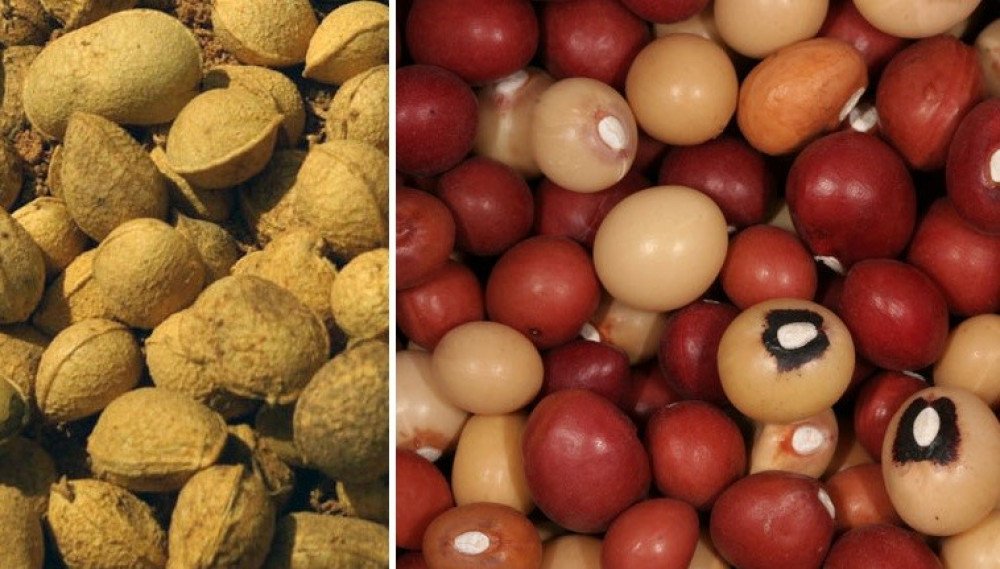Last year whilst on the nuts series, I did an article on peanut, and a few of my West African friends came immediately to my DM, where I had some insightful conversations on the preparation of peanuts, their cultivation and addition to diets. As the conversations went on, I realized that most were referring to a different type of groundnut, and not in absolute the peanut from the article.
The conversation was generally on groundnut; a term used interchangeably to refer to seeds (nuts) that ripen underground. The two groundnuts, similar in color (red variety), size and to a not so keen eye, in shape, would be referred to as the same ground nut. After those conversations, I knew I wanted to write about this current ground nut; though the ground nut isn’t a true nut, but a legume related to beans.
Bambara groundnut is a legume native to West Africa, and is cultivated all cross sub-Saharan regions of Africa. Bambara groundnut name comes from the Bambara tribe: A people native to West African states and predominantly found in Mali.
Also known as ground bean, bambara groundnut other regional names are: Njugu mawe (Swahili, East Africa), Tsibade (luyha, Kenya), Tsimbande (Uganda), Okpa (Igbo, Nigeria), Epa-roro (Yoruba, Nigeria), ntoyo (ciBemba, Zambia), Jugo, hog peanut, bambara-bean, Congo goober, monkey nut and earth pea.
Bambara nut is cultivated and processed by women in Africa, for food and also as a source of income for the women who are in involved in bambara nut cultivation and trade. The groundnut has different varieties that are distinguished by color and the eye of the seed pod.
Found mostly in the Sub-Sahara African region; bambara groundnut is also cultivated in Thailand, Australia and in Brazil where, it was introduced by slaves.
Bambara groundnut is considered a complete food meaning it contains most minerals and nutrients vital for keeping the body healthy. Bambara nut has, phytochemicals such as flavonoids and tunnin, dietary fiber. The nut has essential minerals, zinc, potassium, magnesium and iron. It also has plant protein, complex carbohydrates and unsaturated fatty acids.
In culinary bambara nuts are eaten as a snack, roasted and salted. Bambara nut is used as an ingredient in pastry, for making cakes and cookies. Traditionally, Bambara nuts are used to make Okpa a common West African breakfast food: Mutakura a traditional nuts and beans dish from Zimbabwe. Bambara nuts are also boiled unshelled and consumed as a snack. Bambara groundnut is used to make Githeri.
Similar to peanuts and Cashews, small scale traders along travel routes, where bambara groundnut is cultivated, will be upselling passengers at bus stops, whenever the groundnuts are in season. The presentation wouldn’t be any more innovative and if you don’t find the roasted (usually salted nut) wrapped in old newspapers, it will be in banana barks or in small clear plastic bags.
Bambara nut health benefits include:
- Promotes digestion
- Boosts immunity
- Helps in regulating blood glucose level
- It can help in weight loss as the dietary fiber keeps you full for longer
- It is a good source of nutrients for pregnant women
- It helps manage blood pressure


Add your reply
Replies